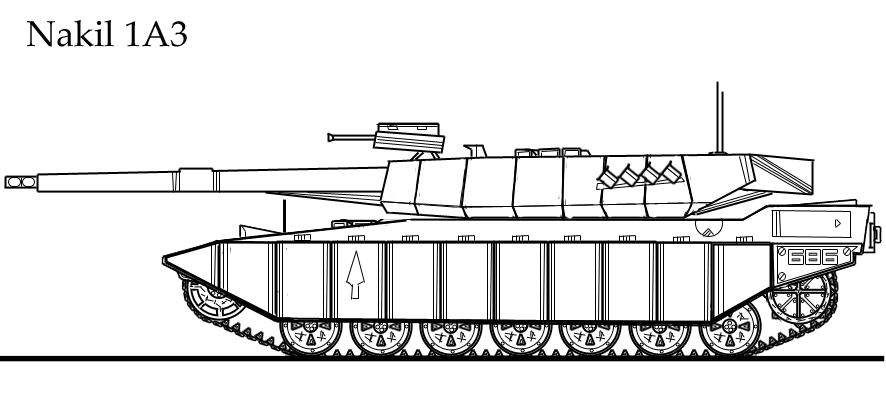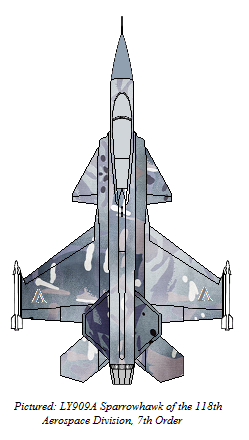Greater Dienstad International Military Academy
Established since 1850
***
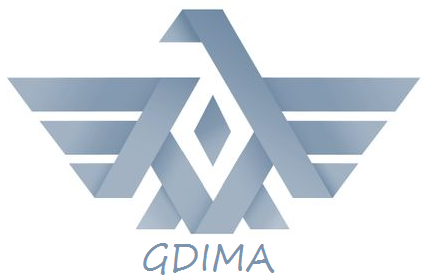
***
INTRODUCTION
Welcome to the Greater Dienstad International Military Academy! Inside these hallowed halls, students from all over Greater Dienstad take up defense studies and military science in an integrated curriculum intended to produce the thinkers and doers of tomorrow. Established in 1850, the GDIMA was originally established to provide for both a common standard of military education and training, as well as allowing officers and officer cadets from different nations in Greater Dienstad the chance to mix and meet with officers and officer cadets from other nations in the region, establishing strong ties between nations that might not otherwise have been formed.
GDIMA is divided into three institutes, said division allowing GDIMA to better serve the interests and needs of all who study and do research inside its halls. The First Institute is dedicated to turning officer cadets from all over Greater Dienstad into officers who can be immediately commissioned into their parent armed forces. The First Institute offers a four-year training program, with those who complete the training receiving a Bachelors Degree, as well as a commission into the service branch of their choice in their nation.
The Second Institute is dedicated to providing relevant training courses to those officers who have already been commissioned into the armed forces of their nation, including those officers at the highest levels in their parent armed forces. Further studies in advanced military science, as well as international relations are offered in order to produce well-rounded, thinking officers who are better equipped to perform their duties in an increasingly challenging international world.
The Third Institute is dedicated to Research and Development into the fields of Military Science, and International Relations. Researchers, Instructors, and Military and Political Leaders from all over Greater Dienstad are offered the chance to work together, in order to better prepare the region for military conflict through increased contact with their peers from all over the region, as well as the identification of shared objectives and research.
In order to promote active and accurate communication between the students, faculty, staff, researchers, and other officials of the GDIMA, the language of instruction for GDIMA is English. All students, faculty, staff, researchers, and other officials of the GDIMA who do not already speak the language at a proficient level will be offered classes in the English language, at no cost, allowing a common and clear line of communication to form all-over the academy.
***
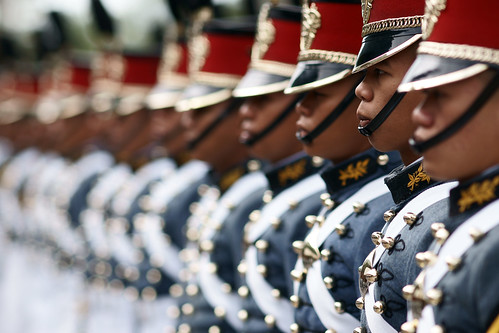
Officer Cadets in parade uniform while studying at the academy.
***
Mission and Vision statement
It is the Out of Character (OOC) mission and vision of the Greater Dienstad International Military Academy:
1.) To empower all nations both within and without the region of Greater Dienstad, based on both RL and NS military experience, history, doctrine, and other factors in order to educate said nations with the knowledge required to RP a proper combined arms military force.
2.) To provide a platform upon which military-related discussions on multiple subjects can be held, allowing all involved to maintain, build, and distribute relevant military skills and knowledge.
3.) To help create, improve, and promote a high-quality RP environment throughout the NS forums.
***
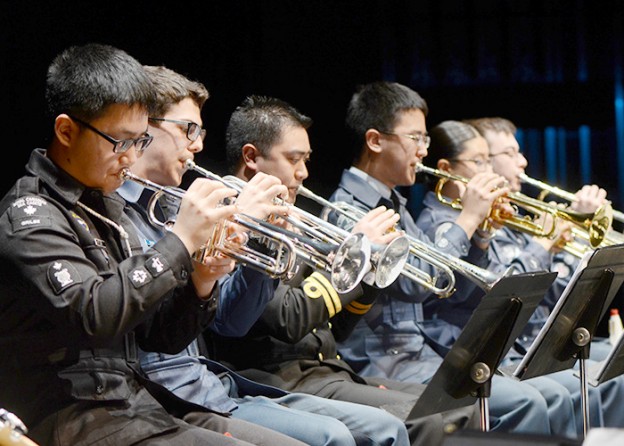
Members of an Officer Cadet marching band practicing their skills.
***
Rules and Regulations
1.) This thread is for GD and invited others only. The purpose of this thread is to help educate RPers on military matters. Spammers, trolls, and other disruptions make it more difficult for us to fulfill this purpose.
2.) As always, standard NS rules apply.
3.) This thread is both an IC roleplay, and an OOC roleplaying community platform.
4.) The materials produced for this thread are the intellectual property of those who created them. We would highly appreciate it if permission is obtained from the author of the materials which you wish to use before you publish them in whole or in part, outside of the GDIMA thread itself. Plagiarism is a serious matter, and appropriate actions will be taken, if such a case occurs. Otherwise, please feel free to read and learn from the materials published here.
Questions and Answers
1.) I am here now. How can I participate?
Just by reading the knowledge contained within the thread and learning from it, you are already participating. Greater Dienstad members who have knowledge on particular subjects that have not yet been covered are welcome to write lectures on these subjects, though contributions from those outside the region may be allowed as time goes on, at the discretion of the region.
2.) Is this an IC or OOC?
This part of the GDIMA is considered OOC, though lectures can be written in either an IC or OOC manner, or even both. An IC component of the academy might open in the future, if there is sufficient demand.
3.) How does the academy function?
For the moment, the academy is a repository for open lectures/seminars, where GD members with knowledge in relevant fields can contribute materials on these subjects. If there is sufficient interest for an IC component to the GDIMA in the future, then an RP of the Officer Cadet Training Program can be run. We will attempt to keep the structure of the thread adaptable, in order to more effectively serve needs and interests, both now and in the future.
4.) I'm not in GD, can I participate?
While there might be more options for non-GD members in the future, for now non-GDers should feel free to read and learn from the open lectures/seminars in this thread, as they are open to all RPers on the Nationstates website. If you have questions, or want to join-in on a discussion, please feel free to TG the person running the open lecture/seminar in question, and they will answer your question(s) as best they can.
5.) Is this a roleplay version of the NS Military Realism Consultation Thread?
Thank you for noticing the similarities between the two! Like the Mil Realism thread, the purpose of the GDIMA is to disseminate accurate information which will help others to learn more about how military forces operate, as well as improving the quality of military roleplaying on NS. Greater Dienstad has always been committed to helping others to improve their roleplaying capabilities, and this extends to the military sphere as well.
6.) I have a suggestion. Whom should I contact?
Feel free to pass any questions or suggestions that you might have to nations in Greater Dienstad, particularly those who are involved in this thread.
7.) Where did you guys get all of your information from?
There are quite a few avid readers on multiple military and related subjects in GD. Thus most of our knowledge comes from places like libraries, the internet, various official publications, schooling, and other reputable sources. Some GD members have active or reserve military experience, which also contributes to our collective pool of knowledge.
Guidelines for Contributing Members
1.) Good academic writing, with good spelling and grammar, while still being clear for those with little to no knowledge of the subject matter at hand.
2.) Please proofread, revise, and make any needed edits before final publication.
3.) Further expansion, edition, rewrite or review shall be conducted to all existing course materials over time, in order to ensure an enduring high level of quality.


